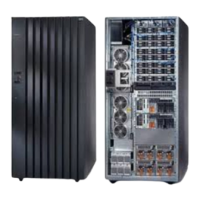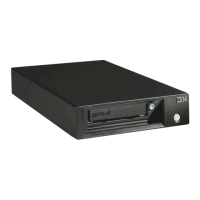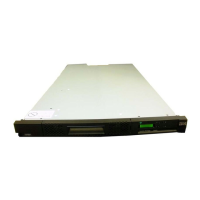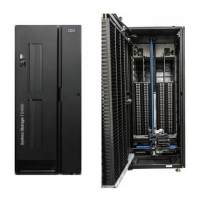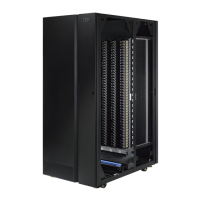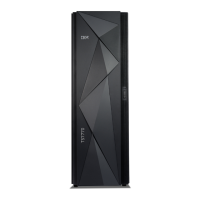Reconfiguring an LCU with larger capacity 3390 volumes
Use the following process to reconfigure an LCU with larger capacity 3390 volumes.
To retain your data, you must offload the data from the address range of the ranks
to be reformatted by performing the following steps:
1. Confirm the raid ranks that are associated with the address range that is being
modified.
2. Vary the address range offline. This causes any associated parallel access
volumes (PAVs) to become unbound.
3. Issue Devserv (DS QP,xxxx,nnnn) using the alias addresses to confirm aliases
are unbound.
4. Undefine the raid rank to allow the configuration of larger capacity volumes.
5. Reassociate the PAVs.
6. Vary the base address range online.
7. Issue Devserv (DS QP,xxxx,nnnn) using the base addresses to confirm that the
aliases are bound.
8. Restore the data that you offloaded.
Increasing the number of 3390s formatted within an LSS
Use this process to increase the number of 3390s that are formatted within an LSS.
To increase the number of 3390s that are formatted within an LSS, perform the
following:
1. Define an input/output definition file (IODF) using HCD with the desired device
addresses.
2. Remove the parallel access volumes (PAVs) using the DS8000 CLI.
3. Issue Devserv (DS QP,xxxx,nnnn) to the alias addresses to initiate an I/O
operation.
Note: Messages ″IOS017I ALIAS DEVICE adev IS UNBOUND″ and ″IOS001E
xxxx, INOPERATIVE PATH″ are issued from all the alias addresses.
These messages are normal and are not cause for concern.
4. Activate a new IODF by either performing an IPL or by dynamically activating
the new IODF.
Attention: Ensure that there is sufficient memory in the hardware storage
area to store the new configuration.
5. Add new 3390 volumes to the LCU.
6. Assign new PAVs.
Copy Services
This topic provides overviews of the different functions of Copy Services, including
the benefits of using Copy Services for disaster recovery.
Copy Services overview
Copy Services is a collection of functions that provide disaster recovery, data
migration, and data duplication functions. Copy Services runs on the IBM
TotalStorage DS8000 storage unit and supports open systems and zSeries
environments.
104 DS8000 User’s Guide

